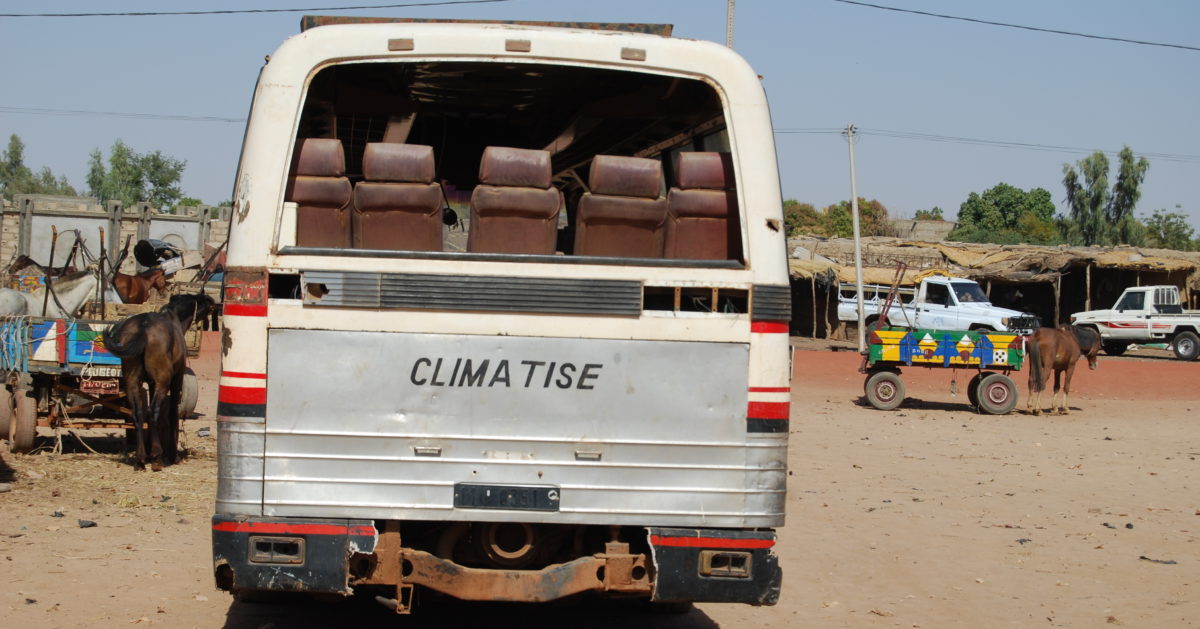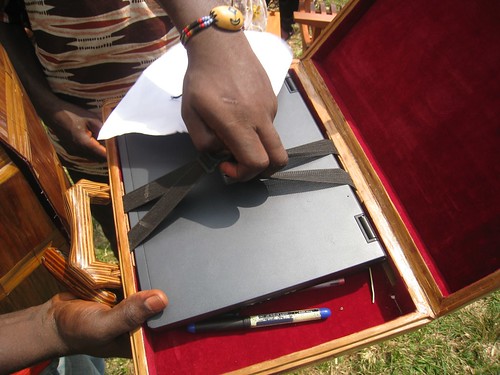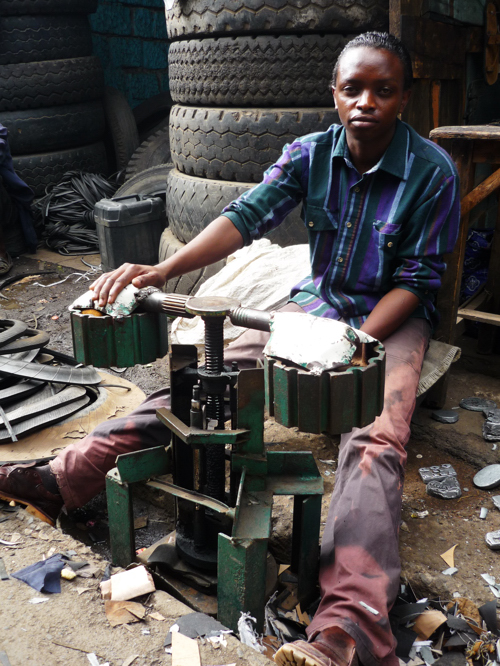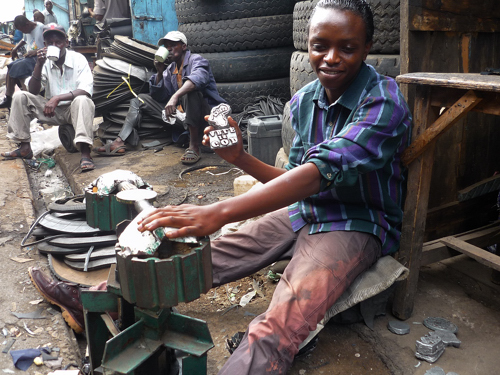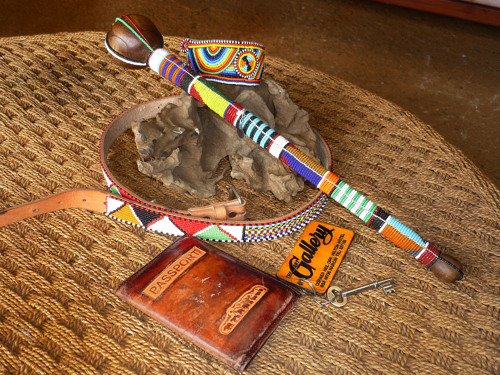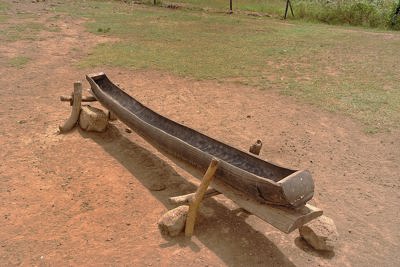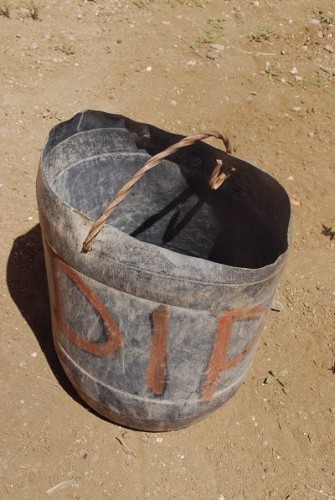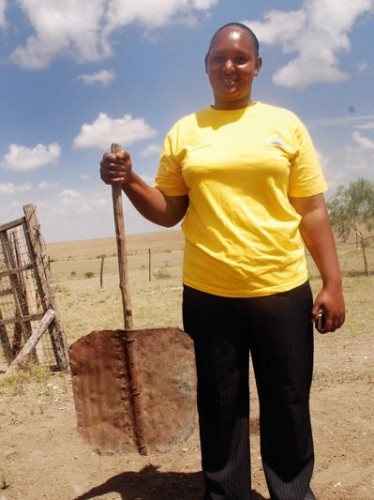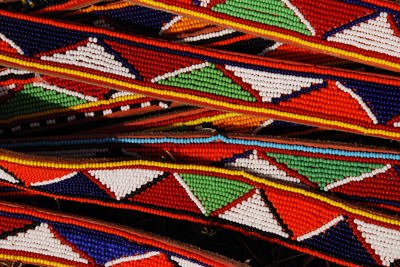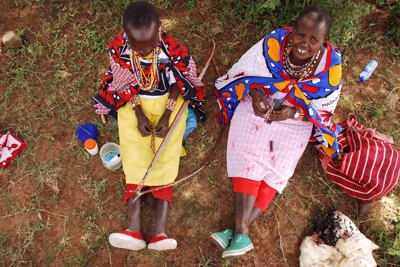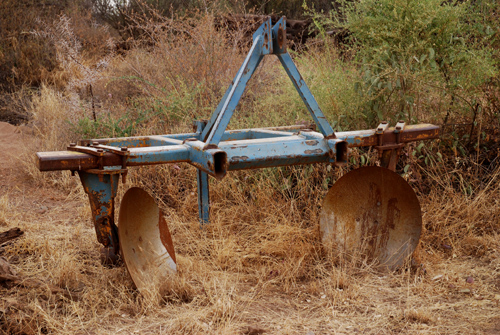Our friend Bill Zimmerman, a technologist who runs a startup un-incubator called LimbeLabs in Cameroon, posted this interesting story on his blog about a teacher who makes an extra income by fabricating gadgets out of Bamboo.
Avid readers may remember the Bamboo Bike project, so the idea of using Bamboo as an alternative and sustainable material isn’t that far fetched. In fact, we’re glad that someone took the initiative and ventured into this field with so many different products at the same time. Bamboo Magic, really. Make sure not to miss out the video!
“I had an opportunity to stop by the 2009 South West Regional Agro-Pastoral Show, an annual exhibition for local farmers and craftsmen, here in Limbe this afternoon. The event was held on a community field ringed by exhibition booths overflowing with every imaginable vegetable, fruit and live animal cultivated and raised in the southwest region of Cameroon. In addition, there were a number of innovators with homemade products and gadgets crafted from local materials.
Amid all the displays, one guy stood apart with some creations that can only be described as a near perfect marriage of form, function, green design and a borderline obsession with bamboo. Lekuama Ketuafor is the proprietor of Bamboo Magic, a one-man cottage industry he’s started to supplement his work as a teacher.
Using a set of simple hand tools, glue, varnish, skill and loads of patience, Lekuama finds ways of using bamboo—a ubiquitous, low-cost, renewable material—in ways many people have never imagined. Judging from the size of the crowd gathered around his booth, I suspect few Cameroonians had seen anything quite like Lekuama’s creations before.
Among the intricately decorated bamboo shoes [2], vest, palm wine calabash, cowboy hat, clocks and so on, I was immediately attracted to two incredibly cool electronics-related pieces: a bamboo covered Nokia phone and an attractive and functional laptop case. Here’s a video of Lekuama, dressed appropriately in head-to-toe bamboo wear, demonstrating these items:
The attention to detail on the laptop case is impressive, right down to the external USB port access, shoulder strap attachments, carry handle, magnetic clasps, internal elastic keeper strap and red felt lining. And how about that chic mobile phone?
Due to the time intensive nature of his craft, Lekuama makes these items for sale in very small quantities. However, his dream is to establish a training center where he can transfer his skills to young Cameroonians and build a community of artisan microentrepreneurs.”
Obviously, agricultural shows in Africa are a great resource for AfriGadgets.

